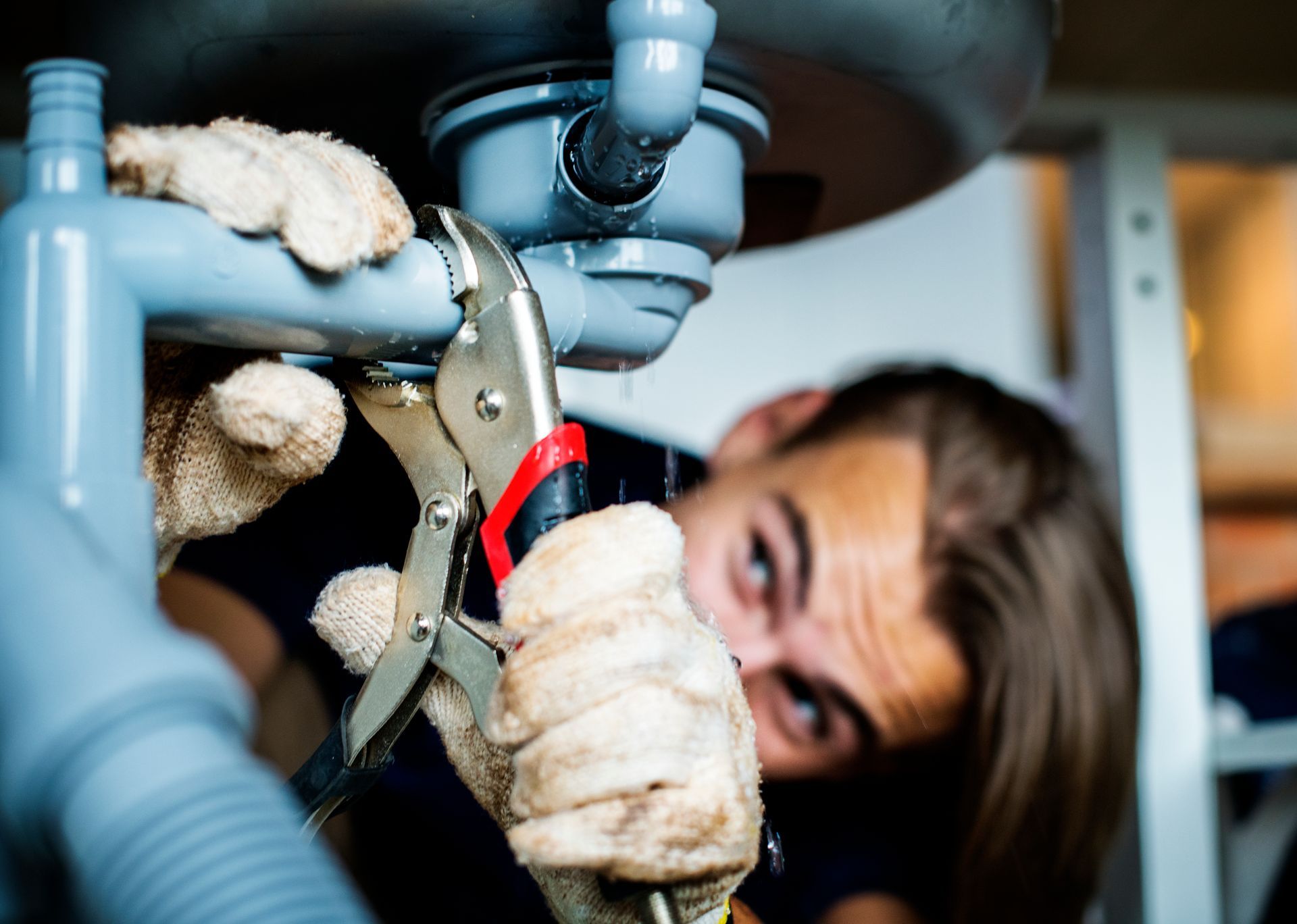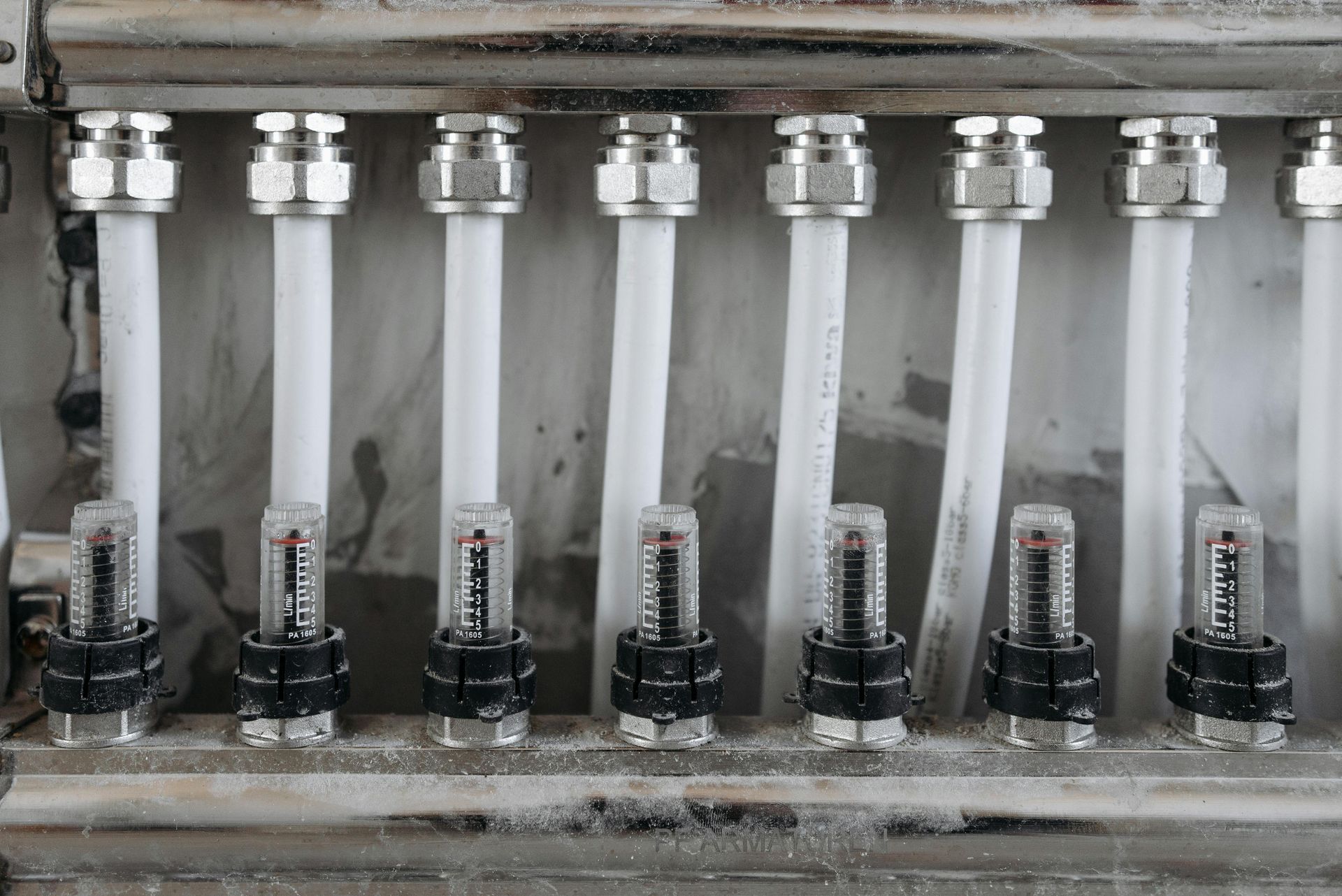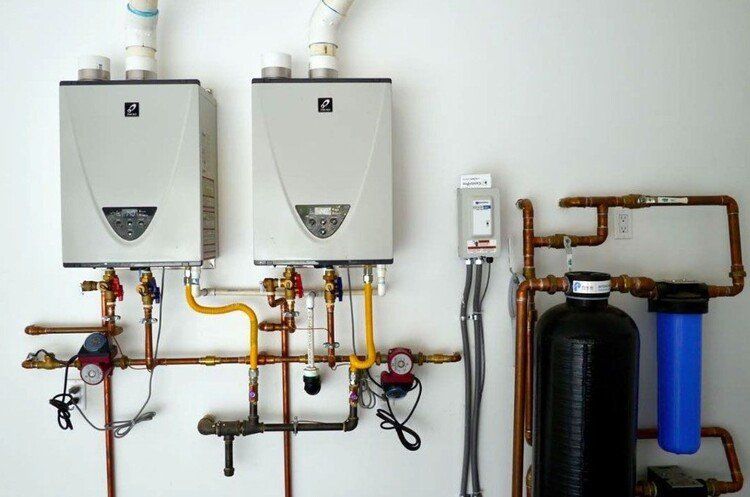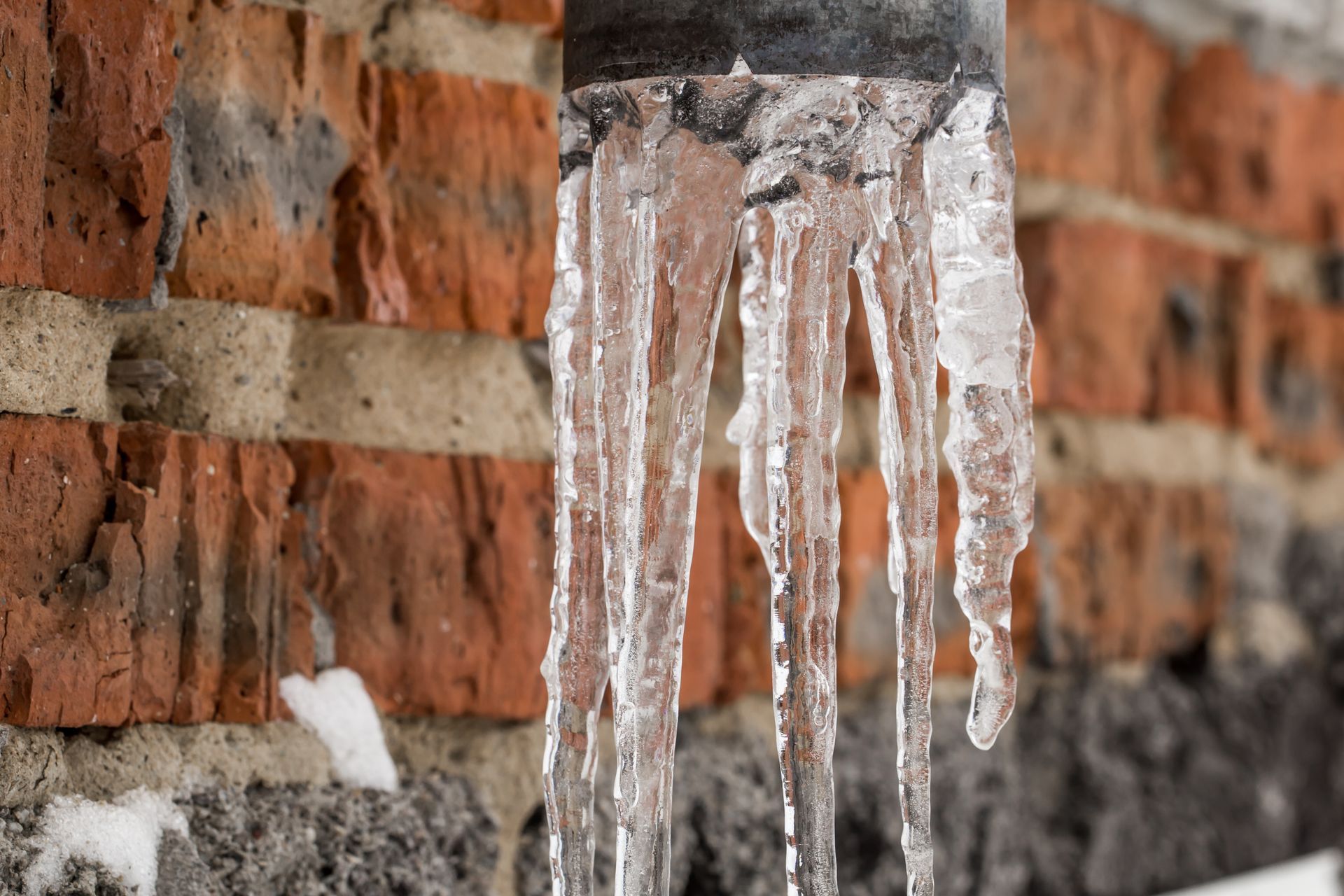An Extensive Guide To Selecting The Right Size Plunger
Selecting the right size plunger is an essential but often overlooked aspect of efficient household plumbing maintenance. A plunger is a simple yet powerful tool that provides immediate relief from clogged drains and toilets, helping to avoid costly plumbing emergencies. However, using the wrong size or type of plunger can render this tool ineffective, prolong plumbing issues, or even cause damage to your pipes and fixtures. This comprehensive guide delves into the factors to consider when choosing the correct plunger size, explains different types suited for various tasks, and highlights broader plumbing concerns such as noisy pipes could point to bigger problems that require professional assessment from experts like All City Plumbers. Alongside this, we explore how regular maintenance, including garbage disposal repair and replacement, contributes to an efficient plumbing system.
Understanding the Importance of Plunger Size
The size of a plunger directly affects its ability to create the necessary suction and pressure to dislodge clogs. A plunger that is too small will not cover the drain opening adequately, resulting in weak plunging action and ineffective clearing of blockages. Conversely, a plunger that is too large for a given drain may be unwieldy to handle and could exert excessive force, risking damage to sensitive plumbing fixtures.
For toilets, a plunger must form a tight seal over the large drain opening to exert effective pressure. Kitchen sinks, bathroom sinks, and shower drains generally require smaller plungers designed to fit their narrower drain holes. Knowing the precise drain size or fixture shape helps in selecting a size that offers maximum efficiency.
Moreover, the handle length and grip should be ergonomically suited to the user’s comfort, facilitating strong, controlled plunging without fatigue or spills.
Different Types of Plungers and Their Uses
While selecting the right size is critical, it is equally important to choose the plunger type suited for the specific drain or toilet.
The classic cup plunger features a simple rubber cup that works well on flat surfaces, making it ideal for sinks and tub drains. Its design typically complements smaller drain openings, where creating a firm seal is easier.
In contrast, the flange plunger is specially designed for toilets. It has a cup with an extended rubber flap (flange) that fits into the toilet drain, creating an airtight seal essential for effective plunging in large-diameter toilet drains.
Another variant is the accordion plunger, which, though powerful due to its rigid construction, requires careful handling and is suitable primarily for stubborn toilet clogs. Its smaller size compared to some flange plungers still necessitates choosing the right dimensions.
Understanding these distinctions and matching plunger size and design to the drain type ensures quicker, cleaner, and less stressful unclogging.
When to Seek Professional Help
While a correctly sized plunger can resolve many household clogs, certain conditions extend beyond its scope. Persistent or recurring clogs, foul odors, or slow drainage despite plunging may signal deeper plumbing issues.
Additionally, some symptoms like strange noises from pipes or fixtures warn of more serious underlying problems—after all, noisy pipes could point to bigger problems such as water hammer, loose fittings, or pipe corrosion. Ignoring these noises can eventually lead to leaks, bursts, or costly damage to plumbing infrastructure.
In such cases, consulting licensed professionals like All City Plumbers is essential. Their expertise ensures thorough diagnosis and effective interventions, from simple drain clearing to complex garbage disposal repair and replacement, reducing the risk of emergency situations.
Maintaining Your Plumbing Beyond Plunging
Effective plumbing maintenance goes beyond just owning the right tools like a plunger. Preventive care including regular inspection of plumbing fixtures, cautious use of garbage disposals, and prompt repair of leaks maintains overall system health.
Garbage disposal units, in particular, can be prone to jams or malfunctions if overloaded or improperly used, necessitating garbage disposal repair and replacement occasionally. Routine care and correct operation protect these valuable appliances and support smooth drainage.
Seasonal plumbing maintenance, combined with awareness of emerging plumbing signs such as unusual noises, leak detection, and water flow irregularities, helps homeowners avoid costly repairs and maintain reliable water systems.
Conclusion
Selecting the right size plunger significantly impacts your ability to manage minor household plumbing clogs effectively. Evaluating drain sizes, choosing the appropriate plunger type, and practicing correct plunging techniques lead to quicker and more efficient clog resolution.
Recognizing when plumbing issues may extend beyond simple blockages, especially when accompanied by symptoms like noisy pipes could point to bigger problems, is vital for preventing severe damage. Partnering with trusted plumbing experts such as All City Plumbers ensures professional diagnosis, repair, and maintenance support, from routine plunging advice to comprehensive tasks like garbage disposal repair and replacement.
Investing time and effort in proper tool selection and plumbing care ultimately safeguards your home’s plumbing system, enhances comfort, and reduces the risk of emergencies that can disrupt daily life and incur significant expenses.











